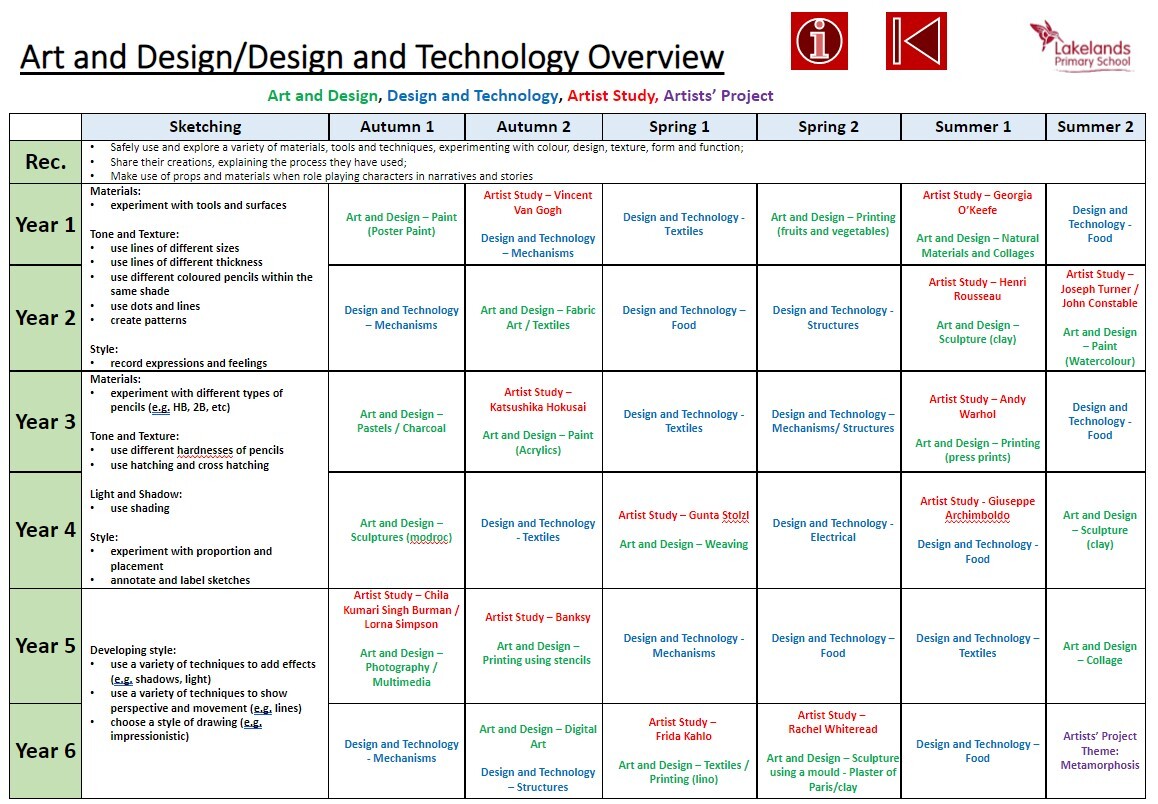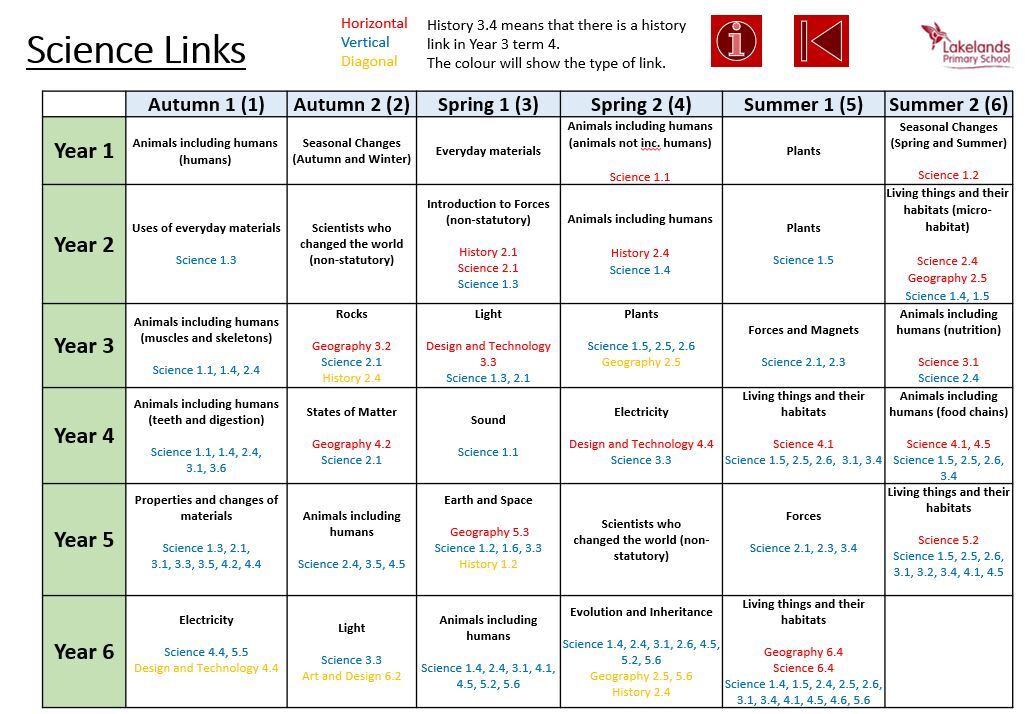- Home
- Curriculum
- Subjects
- Design and Technology
Design and Technology
At Lakelands Primary School, we teach our pupils (from Year 1) discrete subjects. This means that we teach pupils what it means to be designers and engineers. Pupils will understand that in Design and Technology, we learn how to design products for a user and a purpose.
"Design is a funny word. Some people think design means how it looks. But of course, if you dig deeper, it's really how it works."
Steve Jobs
Design and Technology Curriculum Overview

Design and Technology Knowledge and Skills Coverage
All units of learning in our Design and Technology curriculum are designed to cover the following key areas:
- Mechanisms
- Structures
- Textiles
- Food
- Electrical
Across the school, we teach Design and Technology to help pupils acquire and develop a repertoire of skills and knowledge so that they increase their understanding of how designers and engineers work.
The following core concepts underpin the teaching of Design and Technology:
- Mastering techniques (e.g. food preparation, construction, joining textiles)
- Designing, making, evaluating and improving
- Take inspiration from design throughout history.
We use these to support teacher knowledge and improve lessons:
- Kapow Schemes of Work, Long Term Plans and Skills Progression
- Skills progression through adapting the Essentials Curriculum
How is Design and Technology taught?
There are three strands to our Design and Technology curriculum;
- mastering skills in different design and technology disciplines (e.g. mechanisms, structures, textiles etc)
- knowledge building (e.g learning vocabulary linked to various disciplines e.g. axles, mechanisms, criteria, sew)
- exposure to design throughout history (e.g. looking at existing structures such as bridges)
All children follow the design process;
- they evaluate current products and buildings and learn how they are designed and made
- they have knowledge building lessons where they study and learn about key tools and vocabulary that will help them in that unit (for example, when learning about Mechanisms in Year 1, they may experiment and play with a variety of sliders)
- they design their product with an end user in mind
- they make their product, refining skills such as sewing, cutting, joining
- they evaluate their product and suggest improvements
Some lessons also start with a 'Let's Recap' section which enables pupils to recap on prior knowledge, or they may begin by looking at a previous week's work and recapping the skills and knowledge they have been taught.
We also have a dedicated and well resourced technology room, where pupils are able to take part in specialist lessons, such as food preparation.
Enrichment Opportunities in Design and Technology
There are various ways in which we enrich the pupils' design and technology knowledge and skills beyond individual lessons:
- Cooking club, where pupils learn how to prepare healthy meals in a specialist space
- Themed STEM weeks
Design and Technology Links with other curriculum areas (including EYFS)
In EYFS, the foundations are laid so that pupils are prepared for the Design and Technology curriculum in Year 1. Through continuous provision, pupils have access to a variety of stations which include opportunities for problem solving, experimenting, evaluating and improving. For example, at the water stations, pupils can design various ways in which gutters can transport waters from varying heights and distances. At the outdoor construction area, pupils can test the strength and durability of structures they make. These are all linked to the Characteristics of Effective Learning.
From Years 1 to 6, each half term, pupils will learn either an Art and Design unit or Design and Technology. Whilst there are links between the design elements of these discrete areas, they are taught differently and there are different skills involved. In Art and Design, pupils learn how to express themselves creatively, whilst in Design and Technology, pupils design and make things for a particular purpose. We are very clear that at Lakelands, building sculptures is part of Art and Design, unless this is for a particular purpose (e.g. a shelter for animals to protect themselves).
There are links in some areas of Science, for example when pupils are making curtains designed to keep light out. Another example is the use of electrical circuits to design and make a product which requires a circuit to function.
Knowledge Organisers
As we use the Kapow Design and Technology Schemes of Work as the basis of our Design and Technology curriculum, we cannot share Knowledge Organisers on our website for copyright reasons.

